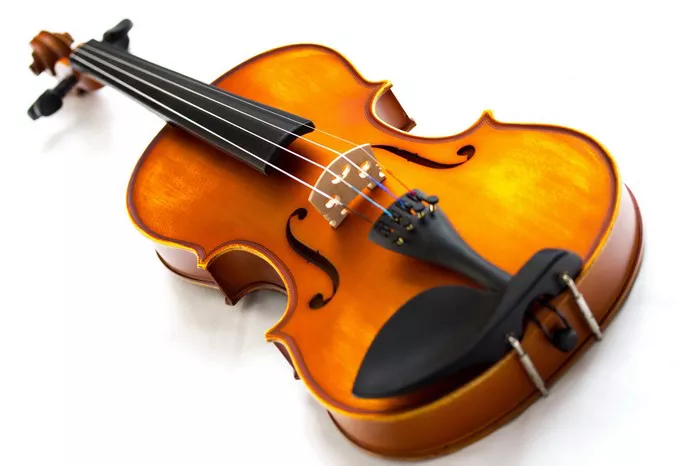Investing in a musical instrument, especially a violin, often involves a consideration of its historical significance, craftsmanship, and sonic qualities. The Amati family, renowned for their contributions to violin-making during the Italian Renaissance, has left a lasting legacy. In this article, we explore the factors that contribute to the worth of an Amati violin and how one can assess its value in today’s market.
A Glimpse into the Amati Legacy: Historical Significance
The Amati family, hailing from Cremona, Italy, played a pivotal role in the development of the violin family of instruments. The founding member, Andrea Amati, is often credited with establishing the standard form of the violin in the mid-16th century. His craftsmanship laid the foundation for subsequent generations of violin makers, including his descendants Niccolò Amati and Girolamo Amati.
The Amati violins are esteemed for their contributions to the evolution of violin design, setting the stage for the renowned Stradivari and Guarneri families. The historical significance of an Amati violin, therefore, contributes significantly to its value.
Understanding Amati Violin Characteristics: Craftsmanship and Design
The craftsmanship of an Amati violin is a key determinant of its value. Amati violins are known for several distinctive characteristics:
1. Form and Proportions: Amati violins typically exhibit an elegant and slightly smaller form compared to later Italian makers. The proportions of the instrument, including the length of the body and the placement of f-holes, contribute to its unique aesthetic and sonic qualities.
2. Scroll and Varnish: The scroll of an Amati violin is meticulously carved, showcasing the family’s attention to detail. Additionally, the varnish is often a rich golden-brown color, adding to the instrument’s visual appeal.
3. Materials: Amati violins are crafted from carefully selected tonewoods, including spruce for the top and maple for the back and sides. The choice of high-quality materials contributes to the instrument’s resonance and tonal characteristics.
4. Labeling: Authentic Amati violins may feature labels that indicate the maker and the instrument’s origin. However, it’s crucial to note that the presence of a label alone does not guarantee authenticity, as some violins may bear imitation labels.
Determining Authenticity: Consulting Experts and Documentation
Due to the historical significance of Amati violins, ensuring the authenticity of an instrument is paramount. Consulting with experts, such as reputable violin makers or appraisers, can provide valuable insights into the violin’s origin and authenticity. Experts examine various aspects, including the craftsmanship, materials used, and historical records, to verify the instrument’s legitimacy.
Documentation, such as provenance and historical records, can further support the authenticity of an Amati violin. Instruments with a well-documented history, tracing their ownership and maintenance, often carry additional value.
Market Value of Amati Violins: Factors Influencing Price
The market value of an Amati violin can vary widely based on several factors. Some key elements that influence the price of an Amati violin include:
1. Condition: The state of preservation and overall condition significantly impacts the value of an Amati violin. Instruments in excellent condition, with minimal wear and well-preserved varnish, often command higher prices.
2. Provenance: The documented history and ownership of an Amati violin can contribute to its value. If the instrument has a notable history, such as being owned by a renowned musician or featuring in important events, its value may be enhanced.
3. Sound Quality: While subjective, the sound quality of an Amati violin can influence its value. Instruments with exceptional tonal characteristics and resonance may be valued higher by musicians and collectors.
4. Authenticity: Genuine Amati violins, crafted by members of the Amati family, hold a higher market value. The presence of certificates of authenticity and expert appraisals can validate the instrument’s origins.
The Rarity Factor: Limited Supply and High Demand
Amati violins are considered rare due to their historical significance and the limited number of authentic instruments available. As a result, the law of supply and demand comes into play, with a high demand for these prized instruments. The rarity of genuine Amati violins contributes to their elevated market value.
Collectors and musicians often seek out Amati violins not only for their historical importance but also for the unique playing experience they offer. The combination of rarity and demand places Amati violins among the coveted treasures in the world of string instruments.
Investing in an Amati Violin: Balancing Passion and Investment
For musicians and collectors alike, investing in an Amati violin is not just a financial decision but a passionate pursuit. The historical significance, craftsmanship, and sonic qualities of Amati violins make them sought-after treasures that transcend their monetary value.
Before making a purchase, individuals should carefully consider their goals, whether driven by the desire to own a piece of musical history or to make a sound financial investment. While the market value of Amati violins can be substantial, the fulfillment derived from owning and playing such a revered instrument often surpasses monetary considerations.
See Also: How Old Are Violin Instrument: What You Need To Know
Conclusion: A Priceless Musical Legacy
In conclusion, determining the worth of an Amati violin involves a nuanced assessment of its historical significance, craftsmanship, authenticity, and market dynamics. These instruments, crafted by the Amati family during the Italian Renaissance, represent a priceless musical legacy that continues to captivate musicians and collectors worldwide.
Owning an Amati violin is not just owning a musical instrument; it is possessing a piece of history, a testament to the enduring craftsmanship of one of the most influential families in the world of violin making. Whether cherished for its historical value, its sonic qualities, or a combination of both, an Amati violin stands as a testament to the timeless artistry that has shaped the world of classical music.


